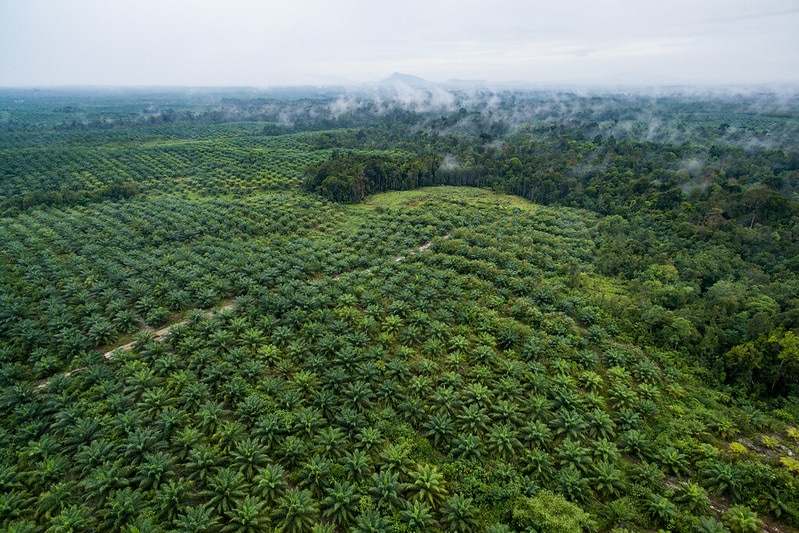The COVID-19 pandemic has raised plenty of questions about whether the planet’s declining health is what ails humans. The answer is yes, and it’s not a metaphorical response. Distorting the blue planet’s green cover, hollowing out dense forests and tacking tree plantations at will fuels the rise of diseases, a growing body of research shows. From Ebola in Africa to malaria outbreaks in Brazil to tick-borne illnesses in the U.S., there is a common thread: fluctuating forest cover, a recent study in Frontiers in Veterinary Science has found. The authors of the study on outbreaks spotlight an overlooked hazard: oil palm plantations, which they call a “threat to global health.”
—
Though changes in forest cover create conditions favourable for maladies, the relationship is not straightforward. Malaria experts found that outbreaks are linked to forest clearing, especially at deforestation frontiers. But in some cases, the rise in malaria cases also leads to a dip in deforestation as those who log forests lose labor days owing to illness, creating a convoluted feedback loop.
Mapping of Ebola outbreaks in western and central Africa revealed that index cases were more likely to occur in forest fragmentation hotspots. When closed forests are pried open, amplifying people’s exposure to wild animals and pathogens, it raises the risk of zoonotic infection spillover.
You might also like: Galapagos Giant Tortoise Rediscovery Confirmed After Being ‘Extinct’ For 112 Years

The harmful impacts don’t just arise from deforestation, the research found; disease spread is also associated with unsuitable afforestation. Though such efforts can promote biodiversity and benefit carbon sequestration, they might have unintended consequences. In the U.S., for example, planting trees and growing green cover supported the resurrection of deer populations but also led to an increase in tick populations.
This was true of temperate-zone countries, which had lower forest cover. But the researchers also saw this pattern in places like China and Vietnam, which have embarked on vigorous reforestation drives. However, the authors caution that their data on the increase in green cover don’t differentiate between commodity plantations, afforestation, or abandoned agricultural lands.
The limitations of satellite imagery are only part of the problem. There is no consensus about what makes a forest.
There is no global treaty dedicated to forests. The International Tropical Timber Agreement is the only global pact that deals directly with forests, but it focuses on the sustainable timber trade. The Bonn Challenge, which aims to restore 350 million hectares (865 million acres) by 2030, and the New York Declaration for stopping deforestation are both voluntary commitments that encompass restoration of degraded land.
Adherence to these goals has encouraged countries to launch massive tree-planting drives and led to the conversion of grasslands, important ecosystems in their own right, into forests. The authors are calling for an update to the FAO’s definition of a forest so that it does not promote the expansion of forests in areas that were historically not forested.
The evidence that human health can suffer even as a result of misguided afforestation or plantation shows that more research is needed about the role of forests in modulating diseases.
Featured image by: Flickr
This article was originally published on Mongabay, written by Mongabay.com, and is republished here as part of an editorial partnership with Earth.Org.


















